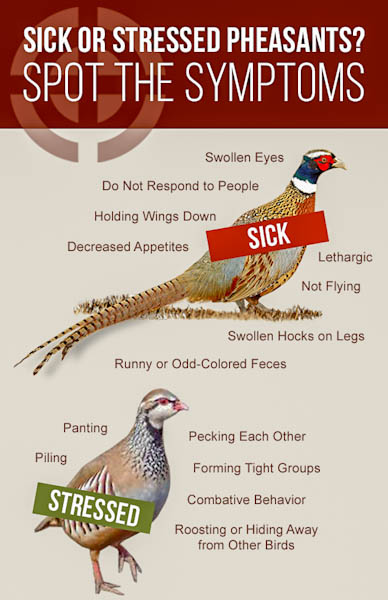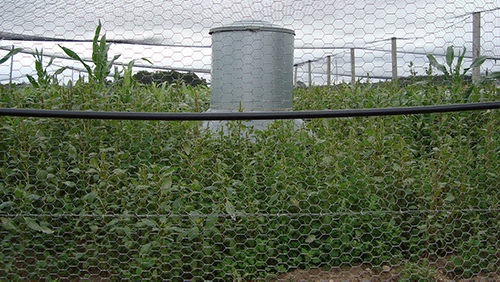Brooder Barn – Proper Set Up
 At MacFarlane Farms we believe the best way to have strong healthy birds is to start out with the best brooder barn you can set up. We can’t emphasize enough how important it is that the structure you are using is draft -free, clean and that it has the appropriate light, heat, feed and water. Before your new chicks arrive, have everything ready to create the most stress-free environment possible.
At MacFarlane Farms we believe the best way to have strong healthy birds is to start out with the best brooder barn you can set up. We can’t emphasize enough how important it is that the structure you are using is draft -free, clean and that it has the appropriate light, heat, feed and water. Before your new chicks arrive, have everything ready to create the most stress-free environment possible.
Your brooder barn should be clean and disinfected one to two weeks before the chicks arrive. At MacFarlane, we clean and disinfect barns and leave them empty for a time before we move a new flock in.
As soon as your chicks arrive they should be removed from their boxes and put into a barn with plenty of heat, food and water. Having everything available reduces competition among the chicks which reduces stress. Keeping a proper density will also reduce stress. 4 chicks per square foot of floor space until 3 weeks of age, and 2 chicks per square foot from 3 weeks to 6 weeks are typical density measurements we use here at MacFarlane.
For small flocks, you should have at least one 250 watt infrared bulb for every 100 chicks. Hang the heat lamp from the ceiling with about 18 inches from the floor to the bottom of the lamp. Use bulbs with the red end because they keep the chicks calmer and reduce aggression.
For the first five to seven days, you may confine the chicks in a ring or draft shield. Brooder paper or cardboard that is between 14 and 18 inches high in a four-foot diameter circle can help prevent drafts and can confine 50 chicks. Place the heat lamp in the center and then pay close attention to what the chicks do. If the chicks bunch up and start to pile, lower the heat lamp height and add bulbs because they are cold and looking for more heat. If they move away from the heat lamp, raise the lamp slightly.
Wean the chicks off of direct heat by raising the heat lamp a few inches each day. Then supplement some forced air heat to keep the birds comfortable. The temperature in the room should be decreased by one degree each day in order to transition the birds to the outdoors. By the time the chicks move outside, the temperature inside and outside should be similar.
Since you invest money in your chicks, and want the best for them, it is important to be prepared. Making sure that their arrival is as stress-free as possible by having the brooder barn ready will ensure an easier adjustment. Seeing to their comfort by having a draft-free environment with plenty of heat, food and water will give the chicks the healthy start that they need.
Related Posts
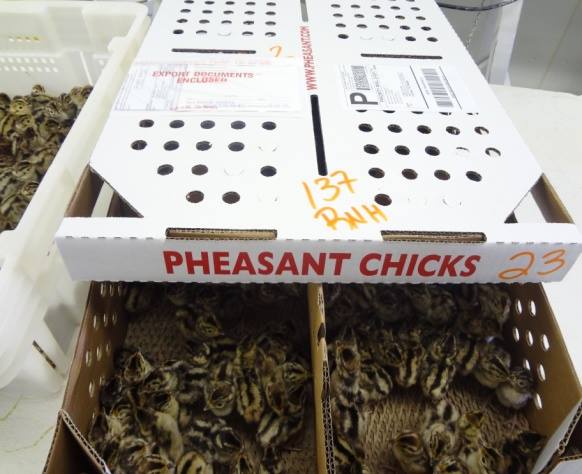
Shipping Chicks Safely During Cold Weather Months
Read Post

Preparing Our Barns & Pens Each Spring
Read Post
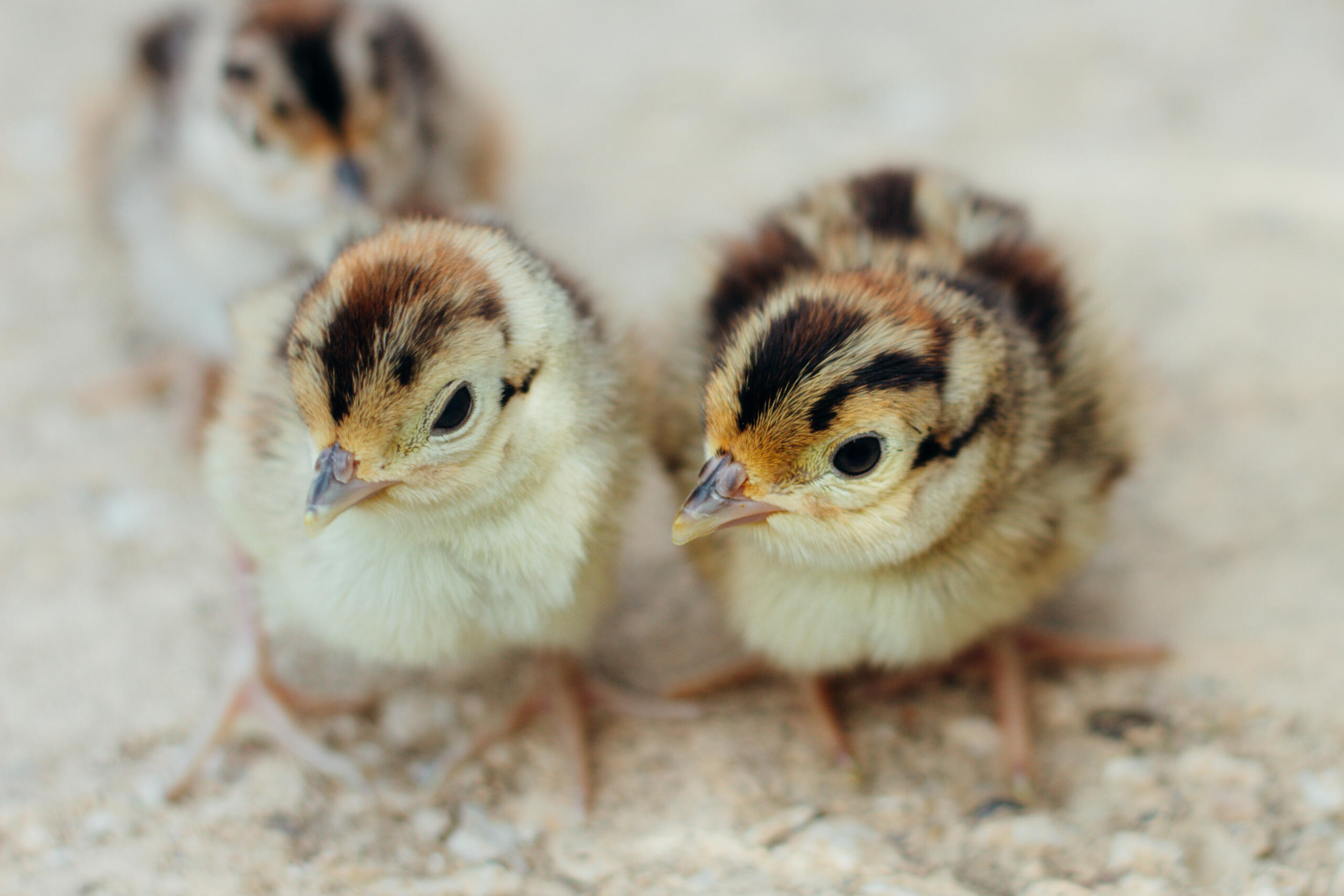
A Comparison of Hatch Data Between Two Different Genetic Types of Pheasants
Read Post
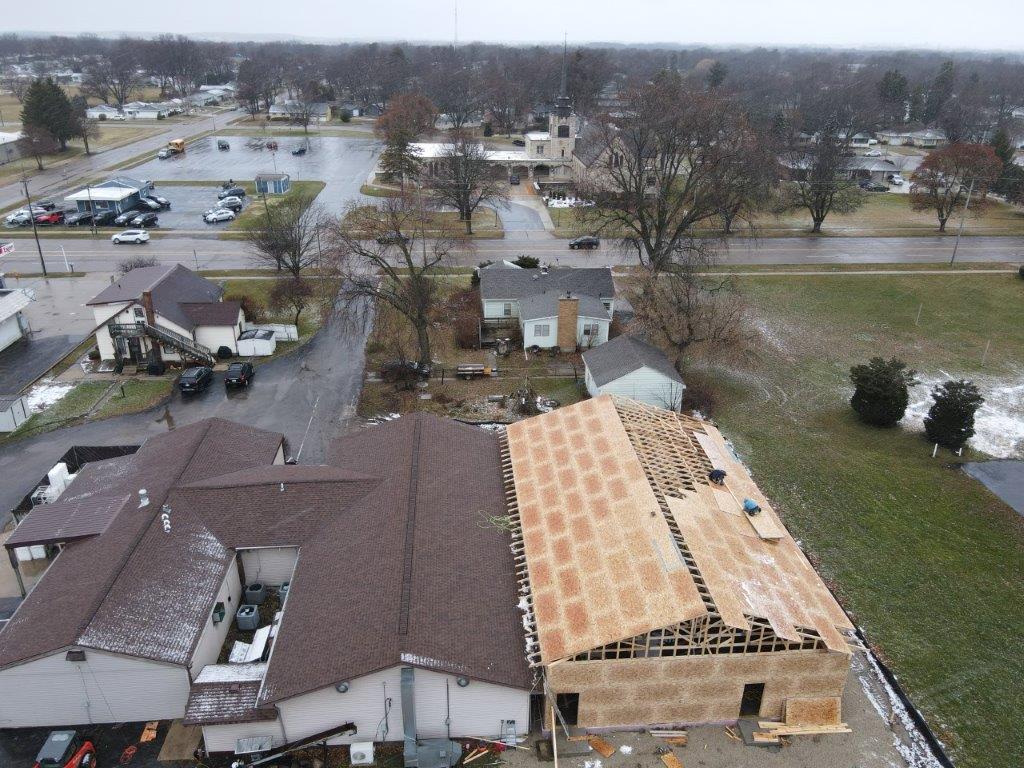
Hatchery News at MacFarlane Pheasants
Read Post
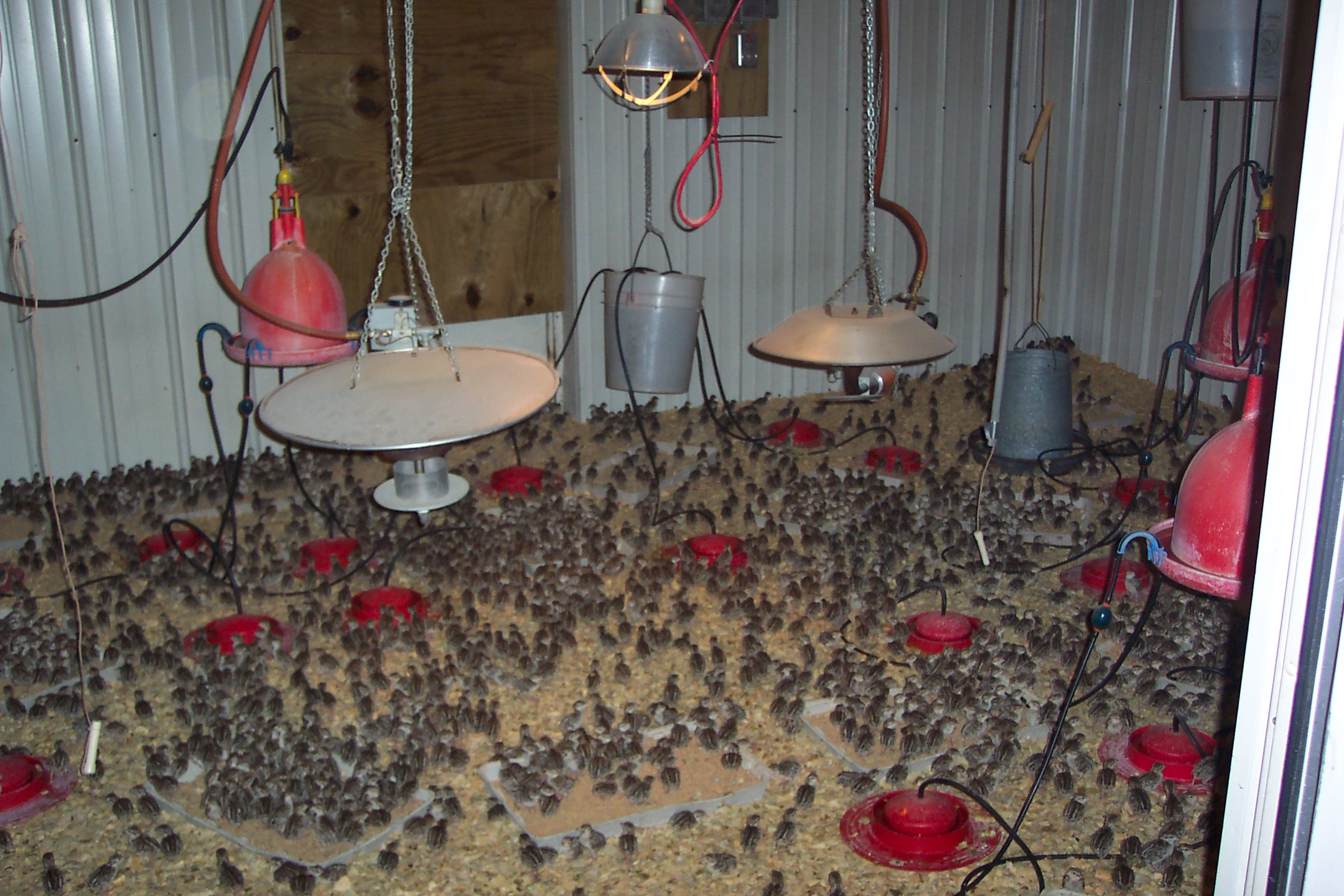
How We Prepare For Brooding Our Chicks
Read Post
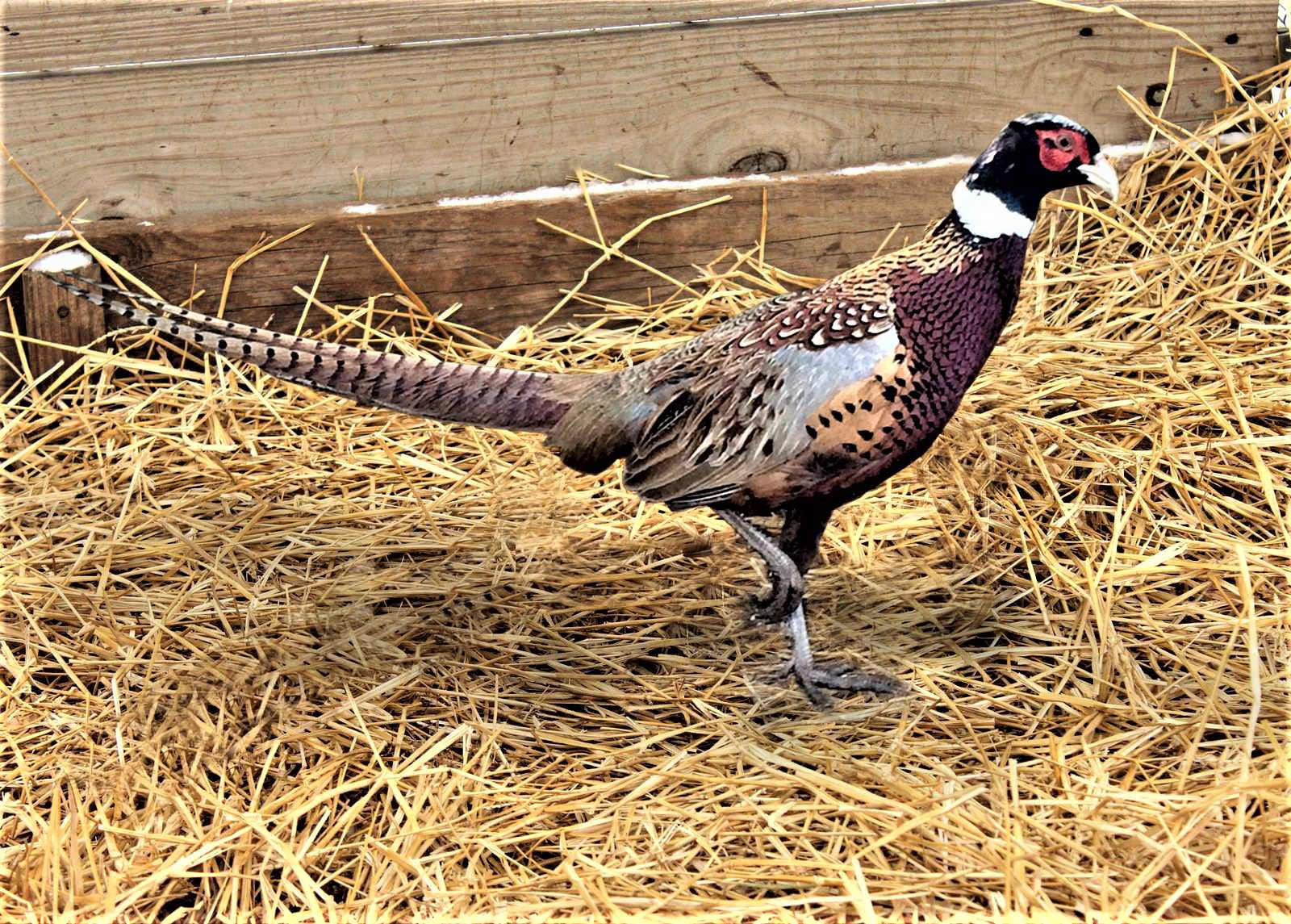
Our Milton Farm in 2024!
Read Post
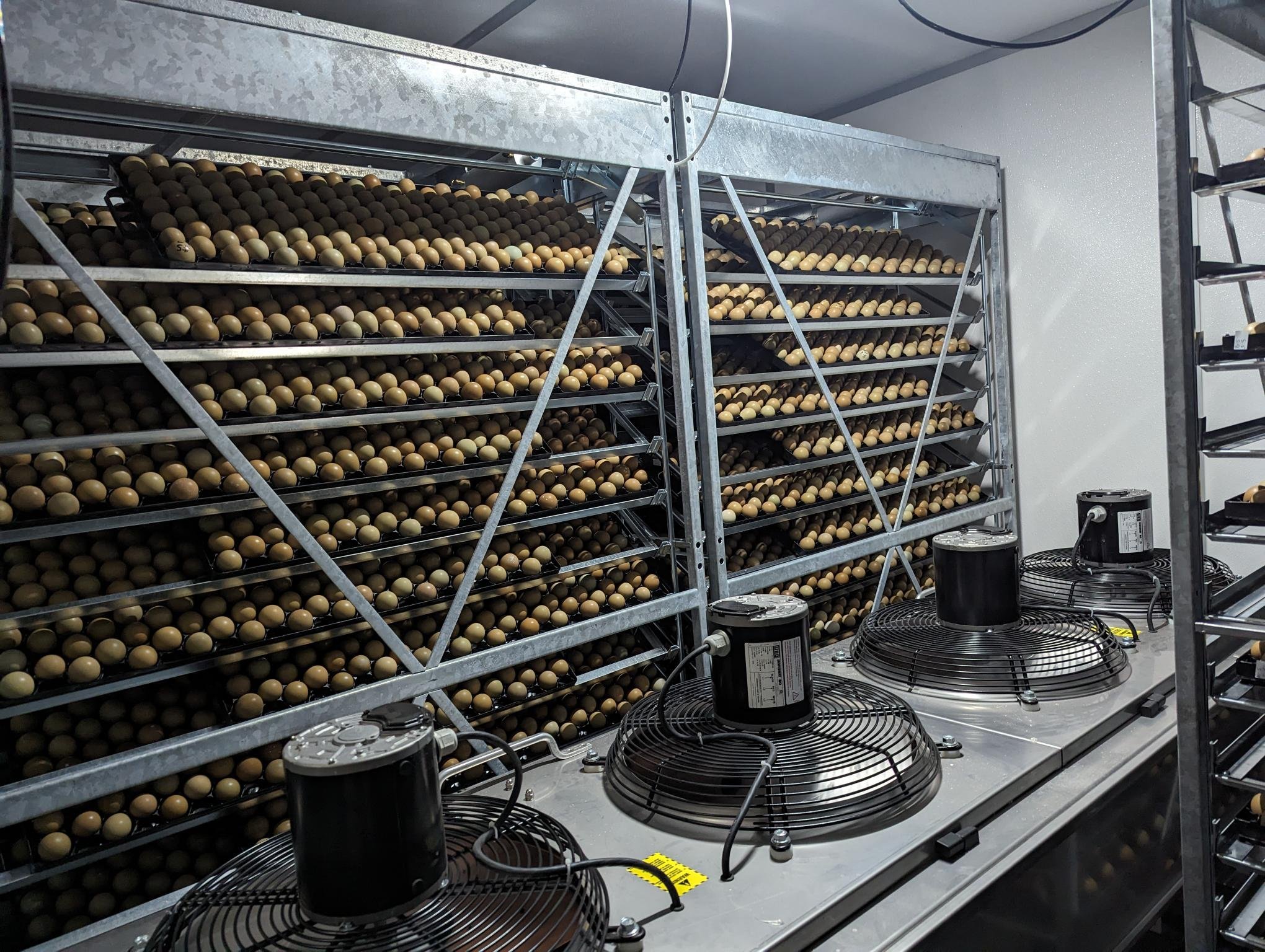
10 Hatching Tips for Incubating Pheasant Eggs Successfully
Read Post

10 Ways To Get the Most Out Of Brooder Barns
Read Post
Take Advantage of These Free Resources
As the biggest game bird farm in the United States, we want to share our experience with you. Download our free resources below and get started.

